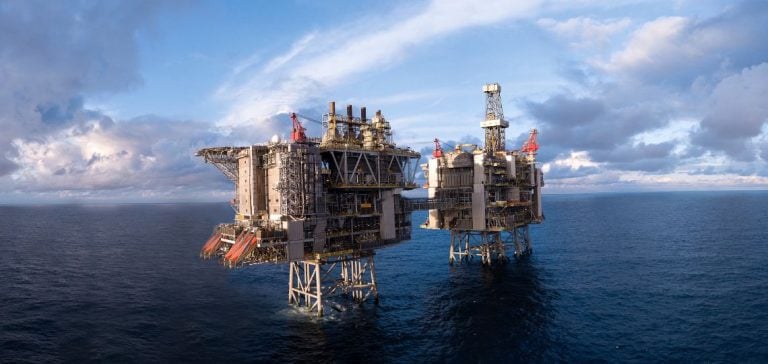The North Sea oil and gas sector could experience a significant boost, with up to £10 billion of pre-tax value recoverable from existing assets if a suitable tax reform is introduced. This is according to new analysis from Wood Mackenzie, an energy consultancy firm, ahead of the upcoming Autumn Budget statement scheduled for October 30.
According to this report, cumulative production losses in the North Sea have reached 10% since 2022. These losses are primarily attributed to the introduction of the Energy Profits Levy (EPL), a tax on energy profits, and ongoing regulatory uncertainty. This situation represents a loss of £5 billion in potential pre-tax cash flow for the sector.
Impact of the Energy Profits Levy
The analysis highlights three possible scenarios for the sector’s future, one of which describes a status quo where the EPL remains unchanged, despite the government already announcing a 3% increase in its rate, bringing it to 38%. This increase will raise the UK’s marginal tax rate to 78%, which, according to the report, could further exacerbate difficulties for companies in the sector.
Additionally, the government has announced its intention to remove the investment allowances of the EPL, reduce capital expenditure deductions, and extend the sunset clause to March 31, 2030. The consequences of these decisions remain at the core of operators’ concerns, who believe these adjustments would make the investment climate even more uncertain.
Future Scenarios for the Industry
In the worst-case scenario, where the EPL is extended indefinitely without investment allowances, UK oil and gas production could be halved by 2030. Conversely, the most optimistic scenario envisions the swift implementation of a tax regime favorable to investment, with a restoration of trust between the government and industry players.
This latter scenario, though considered overly optimistic by Wood Mackenzie, suggests that such a reform could allow the recovery of up to 15% more reserves compared to current forecasts, and up to 41% more than in a scenario where the EPL is maintained.
Economic and Environmental Potential
If a pragmatic reform is adopted, the sector could see gross revenues increase by 13%, while pre-tax value could rise by 14%, according to the report. These figures represent an increase of nearly £20 billion in gross revenues and close to £10 billion in pre-tax value for the sector, shared between companies and the government.
In addition to the financial benefits, the analysis highlights that such a reform could have positive environmental impacts. Indeed, domestic oil and gas production has a carbon intensity that is twice as low as that of imports, based on Scope 1 and 2 emissions. Therefore, increasing local production could reduce CO2 emissions by 23 million tonnes compared to maintaining the EPL in its current form.
Wood Mackenzie analysts emphasize the importance of acting quickly to maximize this opportunity, as delays could limit future growth prospects as North Sea oil fields mature and decommissioning operations increase.






















